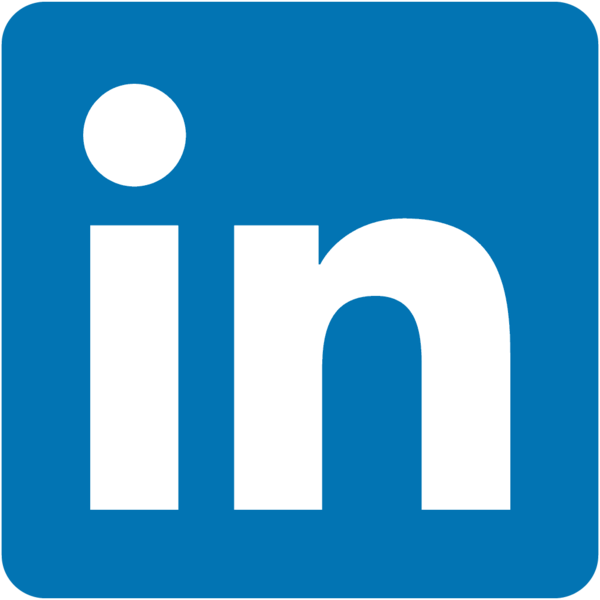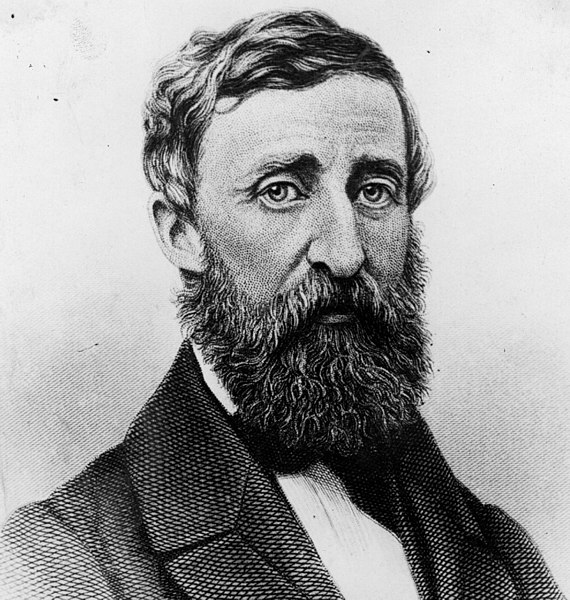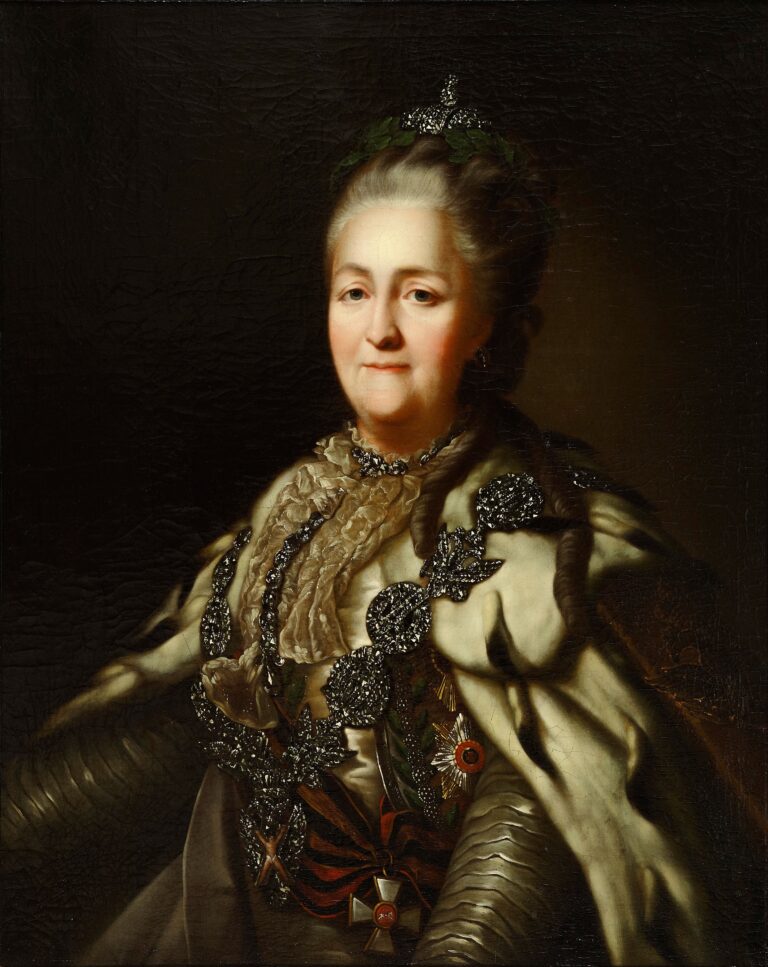Leadership Lessons from LinkedIn: Insights and Strategies for Success

Connecting Leadership and Success on LinkedIn
LinkedIn is a powerful tool for professionals to connect with colleagues, find job opportunities, and build their personal brand. As of 2022, the platform has over 740 million members in more than 200 countries and territories worldwide, making it one of the most important social networks for professionals.
Leadership is an essential skill for professionals in any industry, and LinkedIn provides an ideal platform to showcase your leadership skills. By sharing your experiences, ideas, and perspectives on LinkedIn, you can establish yourself as a thought leader in your field and build a network of professional connections.
In this article, we’ll explore the leadership lessons and stories of LinkedIn, including the leadership styles of the platform’s founders, Reid Hoffman and Jeff Weiner, as well as case studies of leadership on LinkedIn from notable figures such as Marissa Mayer and Satya Nadella. We’ll also delve into the importance of thought leadership on LinkedIn and provide best practices for effective leadership on the platform.
By the end of this article, you’ll have a deeper understanding of the role of leadership on LinkedIn and how you can use the platform to showcase your own leadership skills and build a strong professional network. Let’s get started!
Leadership Lessons from LinkedIn Founders
Reid Hoffman and Jeff Weiner are two of the most prominent names associated with LinkedIn. They played instrumental roles in shaping the platform’s vision, culture, and growth. Let’s explore their leadership styles and the lessons we can learn from them.
Reid Hoffman
Reid Hoffman is one of the co-founders of LinkedIn and served as the company’s CEO from its inception until 2008. He’s currently a partner at Greylock Partners, a venture capital firm that has invested in companies such as Airbnb, Facebook, and Dropbox.
Hoffman’s leadership style is characterized by his ability to identify and seize opportunities, his strategic thinking, and his focus on building a strong culture. One of the key leadership lessons we can learn from Hoffman is the importance of experimentation and risk-taking. In an interview with Forbes, Hoffman stated, “You want to be able to learn as much as possible as quickly as possible, which means you want to make as many mistakes as possible as quickly as possible.” This approach to leadership encourages innovation, creativity, and agility.
Another important leadership lesson we can learn from Hoffman is the value of building a strong company culture. At LinkedIn, he focused on fostering a culture of collaboration, transparency, and continuous learning. He also emphasized the importance of hiring people who shared the company’s values and vision.
Jeff Weiner
Jeff Weiner served as LinkedIn’s CEO from 2009 to 2020 and is widely credited with transforming the platform into a global professional network. He’s known for his empathetic leadership style, strategic thinking, and focus on creating value for LinkedIn’s members.
One of the key leadership lessons we can learn from Weiner is the importance of empathy in leadership. In an interview with Harvard Business Review, Weiner stated, “The most important skill set in the 21st century is the ability to communicate, collaborate, and work effectively with people who have different backgrounds and perspectives.” This approach to leadership emphasizes the importance of understanding and respecting the perspectives and experiences of others.
Another important leadership lesson we can learn from Weiner is the value of a clear and compelling vision. Under his leadership, LinkedIn’s vision was to create economic opportunity for every member of the global workforce. This vision provided a clear direction for the company and helped align employees around a common goal.
In conclusion, the leadership lessons we can learn from Reid Hoffman and Jeff Weiner include the importance of experimentation and risk-taking, building a strong company culture, empathy in leadership, and a clear and compelling vision. By applying these lessons to our own leadership styles, we can become more effective leaders on LinkedIn and beyond.
Case Studies of Leadership on LinkedIn
LinkedIn has become a platform for leaders to share their experiences and insights with a global audience. Let’s explore two case studies of notable leaders who have demonstrated effective leadership on LinkedIn.
Case Study 1: Marissa Mayer
Marissa Mayer is a well-known Silicon Valley executive who served as the CEO of Yahoo! from 2012 to 2017. Prior to her time at Yahoo!, Mayer worked at Google and played a key role in the development of Google Maps, Google Earth, and Gmail.
On LinkedIn, Mayer has shared insights on a variety of topics, including leadership, innovation, and technology. One example of her effective leadership on the platform is her post on “The Secret to Innovation: How to Encourage Risk-Taking in Your Team.” In the post, Mayer shares her experience of leading the development of Google Maps and emphasizes the importance of creating an environment that encourages experimentation and risk-taking. She also provides practical tips for leaders to foster a culture of innovation within their teams.
Another example of Mayer’s effective leadership on LinkedIn is her post on “How to Manage Your Time Like a CEO.” In this post, she shares her time management strategies and emphasizes the importance of setting clear priorities, delegating effectively, and minimizing distractions.
Case Study 2: Satya Nadella
Satya Nadella is the CEO of Microsoft and has been instrumental in leading the company’s transformation into a cloud-first, mobile-first business. Nadella has also been recognized for his commitment to diversity and inclusion, both within Microsoft and in the broader technology industry.
On LinkedIn, Nadella has shared his thoughts on a range of topics, including leadership, technology, and the future of work. One example of his effective leadership on the platform is his post on “The Future of Work: Embracing the Digital Revolution.” In the post, Nadella discusses the ways in which technology is transforming the workplace and emphasizes the importance of continuous learning and upskilling in this new digital era.
Another example of Nadella’s effective leadership on LinkedIn is his post on “Why Empathy Is the Most Important Leadership Skill.” In this post, he shares his personal journey of learning to lead with empathy and highlights the importance of understanding and respecting the perspectives and experiences of others.
Marissa Mayer and Satya Nadella are just two examples of leaders who have demonstrated effective leadership on LinkedIn. By sharing their experiences and insights with a global audience, they have not only established themselves as thought leaders in their fields but have also inspired others to become better leaders.
The Importance of Thought Leadership on LinkedIn
LinkedIn has become a platform for thought leaders to share their perspectives, ideas, and experiences with a global audience. Thought leadership is the practice of sharing valuable insights and expertise on a particular topic, with the goal of influencing and shaping the conversation around that topic. Let’s explore the importance of thought leadership on LinkedIn and how it can help professionals build their personal brand and establish themselves as experts in their field.
Definition of Thought Leadership and Its Importance on LinkedIn
Thought leadership is a powerful tool for professionals to establish themselves as experts in their field, build their personal brand, and attract new business opportunities. By sharing valuable insights and expertise on LinkedIn, professionals can differentiate themselves from their peers and position themselves as thought leaders in their industry.
One of the key benefits of thought leadership on LinkedIn is the ability to reach a global audience. LinkedIn has over 740 million members worldwide, providing a vast network of professionals to connect with and share ideas. By sharing insights and perspectives on LinkedIn, professionals can attract new connections, expand their network, and build their personal brand.
Examples of Thought Leadership on LinkedIn
There are many examples of thought leaders who have established themselves on LinkedIn, including Richard Branson, Arianna Huffington, and Bill Gates. These individuals have used the platform to share their perspectives on a range of topics, from entrepreneurship to technology to social impact.
One example of effective thought leadership on LinkedIn is Gary Vaynerchuk. Vaynerchuk is a digital marketing expert and the CEO of VaynerMedia, a digital marketing agency. He has built a following on LinkedIn by sharing his insights on entrepreneurship, marketing, and social media. Vaynerchuk’s posts on LinkedIn often receive thousands of likes and comments, demonstrating the power of thought leadership to engage and inspire a global audience.
How to Develop Your Own Thought Leadership on LinkedIn
If you’re interested in developing your own thought leadership on LinkedIn, there are several strategies you can use to get started:
-
Identify your niche: What unique insights and expertise do you bring to the table? Identify a niche area where you can provide valuable insights and differentiate yourself from others in your field.
-
Share your insights: Share your thoughts and perspectives on LinkedIn by posting articles, videos, or infographics. Make sure your content is informative, engaging, and relevant to your target audience.
-
Engage with others: Engage with your followers by responding to comments, participating in discussions, and sharing others’ content. This will help you build a community of like-minded professionals and establish yourself as a thought leader in your field.
-
Be consistent: Consistency is key to building a following on LinkedIn. Make sure you’re posting regularly and providing valuable insights on a consistent basis.
In conclusion, thought leadership is a powerful tool for professionals to build their personal brand and establish themselves as experts in their field. By sharing valuable insights and expertise on LinkedIn, professionals can differentiate themselves from their peers, attract new business opportunities, and engage with a global network of like-minded professionals. By following the strategies outlined above, you can develop your own thought leadership on LinkedIn and achieve your professional goals.
Best Practices for Leadership on LinkedIn
Effective leadership on LinkedIn requires a combination of strategy, authenticity, and consistency. In this section, we’ll explore some best practices for effective leadership on LinkedIn, including tips for building a strong personal brand, developing a network of professional connections, and engaging with your followers.
Tips for Effective Leadership on LinkedIn
-
Be authentic: Authenticity is key to building trust and credibility on LinkedIn. Share your own experiences and perspectives, and avoid trying to be someone you’re not. Authenticity will help you establish a strong personal brand and attract like-minded professionals to your network.
-
Provide value: Provide value to your followers by sharing insights, ideas, and perspectives that are informative and relevant to your industry. By providing value, you’ll establish yourself as a thought leader and build a loyal following.
-
Engage with your followers: Engage with your followers by responding to comments, participating in discussions, and sharing others’ content. This will help you build a community of like-minded professionals and establish yourself as a thought leader in your field.
-
Be consistent: Consistency is key to building a following on LinkedIn. Make sure you’re posting regularly and providing valuable insights on a consistent basis.
Building a Strong Personal Brand on LinkedIn
-
Develop a clear and compelling headline: Your headline is the first thing people will see when they visit your profile. Make sure it accurately reflects your expertise and captures the attention of your target audience.
-
Optimize your profile: Optimize your profile by including a professional headshot, a summary that highlights your key skills and experiences, and detailed descriptions of your work experience and education.
-
Share your expertise: Share your expertise on LinkedIn by posting articles, videos, or infographics that provide value to your followers. By sharing your expertise, you’ll establish yourself as a thought leader in your industry.
-
Leverage multimedia: Leverage multimedia such as videos, images, and infographics to make your content more engaging and shareable.
Developing a Network of Professional Connections on LinkedIn
-
Identify your target audience: Identify the professionals you want to connect with on LinkedIn, and use the platform’s search tools to find and connect with them.
-
Personalize your connection requests: Personalize your connection requests by including a brief message that explains why you want to connect and how you can provide value.
-
Engage with your network: Engage with your network by sharing insights, participating in discussions, and providing value. By engaging with your network, you’ll build stronger relationships and establish yourself as a thought leader.
-
Attend industry events: Attend industry events and connect with professionals in person. Use LinkedIn to follow up with your new contacts and continue building your network.
Effective leadership on LinkedIn requires a combination of strategy, authenticity, and consistency. By following the best practices outlined above, you can build a strong personal brand, develop a network of professional connections, and establish yourself as a thought leader in your industry.
Establish Yourself as a Thought Leader on LinkedIn
Leadership is an essential skill for professionals in any industry, and LinkedIn provides an ideal platform to showcase your leadership skills. By sharing your experiences, ideas, and perspectives on LinkedIn, you can establish yourself as a thought leader in your field and build a network of professional connections.
Throughout this article, we’ve explored the leadership lessons and stories of LinkedIn, including the leadership styles of the platform’s founders, Reid Hoffman and Jeff Weiner, as well as case studies of leadership on LinkedIn from notable figures such as Marissa Mayer and Satya Nadella. We’ve also delved into the importance of thought leadership on LinkedIn and provided best practices for effective leadership on the platform.
To summarize, the key takeaways from this article include:
-
Leadership lessons from Reid Hoffman and Jeff Weiner, including the importance of experimentation, risk-taking, empathy, and a clear and compelling vision.
-
Case studies of effective leadership on LinkedIn from Marissa Mayer and Satya Nadella, who have shared their insights and experiences with a global audience.
-
The importance of thought leadership on LinkedIn, and how it can help professionals build their personal brand and establish themselves as experts in their field.
-
Best practices for effective leadership on LinkedIn, including tips for building a strong personal brand, developing a network of professional connections, and engaging with your followers.
As you continue to develop your leadership skills on LinkedIn, remember to stay authentic, provide value, and engage with your network. By following these principles, you can establish yourself as a thought leader and achieve your professional goals. Good luck!






